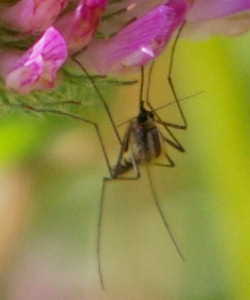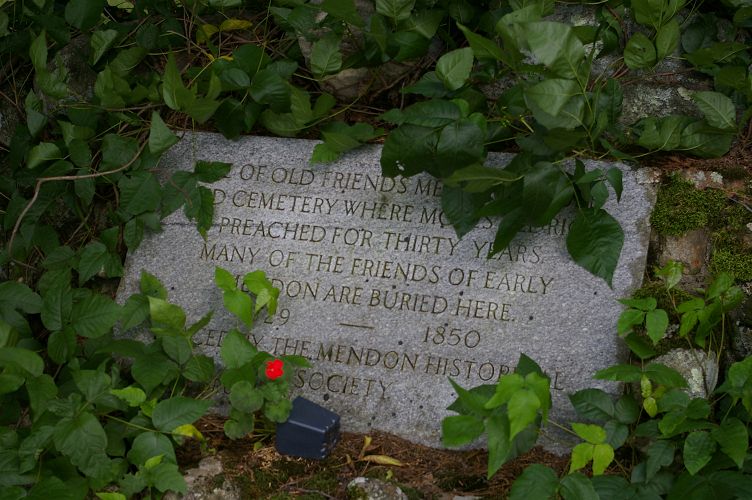Visitor Tips
Here are a few tips to make your visit to the Blackstone River Valley more enjoyable for you and its residents.
- While there are plenty of public sites in the corridor, many more are private property, please respect the privacy of the owners of those sites. Just because a building has a historic place sign, don’t go knock on the door unless there are additional signs inviting the public to the property. Feel free to view and photograph the properties from public roads and sidewalks but keep off the private property.
- Watch for No Trespassing signs around the rivers, lakes and other natural sites. In addition to the privacy issue mentioned above, some privately held lands have potential safety issues from old dams, bridges and quarries that are not safe for the general public. As a general rule, if property has no signs prohibiting trespassing and it is not clearly someone’s yard you can enter the property but, if it’s posted or clearly someone’s yard, keep out.
- Fall through spring are active hunting time in the valley. If you go into the woods from September through April you should wear a hunters safety orange hat and/or vest. In Massachusetts, and neighboring Connecticut, there is no hunting on Sunday and no law requiring orange for non-hunters. However wearing orange is strongly recommended since getting mistaken for a bear or deer by a hunter would be a very bad ending for your visit.
In Rhode Island by law all visitors to wildlife areas, are required to wear 200 square inches of solid daylight fluorescent orange from the second Saturday in September to the last day of February and the third Saturday in April to the last day in May and 500 square inches … during all portions of shotgun deer seasons. (hat or vest = 200 square inches, hat and vest = 500 square inches) Source RI Department of Environmental Management Hunting and Trapping Regulation Guide (2023-2024 season, page 5). Since the rules are complex and vary by hunting zone, I have created a Google calendar (click the plus sign in the lower right to add it to your personal Google calendar) that errs on the side of extra days with more orange. I update the calendar annually as the rules change. - If you want to explore sites not included in the official brochures, be sure to have good maps with you. The numerous hills, valleys and rivers make it fairly easy to get lost on the twisting back roads that wind through the region. That said, the relatively small area of the BRVNHC means that you’ll never be lost for very long and I often discover the best views and sites after getting lost on back roads.
Hazards
The valley is a very safe place to explore, most of the hazards are the same as in most natural areas of the eastern United States. For people not familiar with the outdoors in New England I’ll highlight some of the natural hazards so you can avoid them and have a great time enjoying my favorite part of the world.
Biting and Stinging Insects

In addition to its effectiveness against mosquitoes, another reason I like DEET is that it helps with some other common insect hazards of this area, ticks, horse & deer flies and black flies (some people incorrectly call them may flies around here because they are worst in May). We have two common species of ticks here, the dog tick and the deer tick, while both are nuisances the deer tick is a bit more hazardous because it can transmit Lyme disease. See the Center for Disease Control’s and University of Rhode Island’s tick pages for detailed information.
The final insect hazard is the same as almost everywhere in the world, bees, wasps and hornets. The most common problem species in the valley are yellow jackets, bald face hornets and paper wasps. While my experience is that these three are the ones that people get stung by most often, many other species can and will sting when provoked. Here is some information on avoiding and treating stings from the University of Maine Cooperative Extension.
Poison Ivy
This is the most common plant hazard in the BRVNHC, a bad case of poison ivy rash can wreck a vacation in the valley. The best thing to do is learn to recognize the plant and don’t touch it. If you do touch it wash the affected area thoroughly as soon as possible and don’t spread it around your body. Identification of poison ivy is not easy by leaf shape or color as these vary significantly among individuals and time of year. With the exception of the little potted plant, all the leaves in the picture below are poison ivy. The important telltale characteristic is the three leaf pattern. Leaflets three, let it be.

As its name suggests, poison ivy is a vine that you will find climbing walls, trees and on the ground. It is an invasive native plant and once it takes hold in an area it is difficult to eradicate. For more information see the University of Connecticut’s poison ivy page.
Rare Hazards
These hazards are real but are so rare I have never had a problem with them. Even though they are rare they are worth knowing about especially if you are going off the beaten path in the valley.
Poison sumac
I have known of the plant and how to spot it since cub scouts in the 60’s, Berries white poisonous sight. I’ve never even seen this plant but considering the amount of wetlands in the valley it must be around somewhere. Its effect on humans is the same as poison ivy so unless you are allergic it shouldn’t be too much of a problem. Learn more at The Poison Sumac Page.
Giant Hogweed
The only place in the valley with this non-native invasive plant is Sutton and the affected area is actively controlled by the Massachusetts Department of Agricultural Resources. This makes it very unlikely that you’ll encounter this nasty plant. See the Massachusetts Introduced Pests Outreach Project pages for more information and list of identified and controlled locations.
Venomous Snakes
The copperhead and the timber rattlesnake are the only two venomous snakes in Massachusetts and neither is found in Rhode Island. They are both protected as endangered species and only found in a few areas of the state that aren’t publicized. It is unlikely that either of these two species even live in the Blackstone Valley but it is possible so it is worth a few minutes of your time to learn how to identify them. Personally I would love to see these beautiful creatures in the wild some day but it will likely never happen. Heck I’ll be happy just to see some snake species besides the common garter and northern water snakes.
Dangerous Mammals
There are only three mammals in the BRVNHC that have even a remote possibility of being a hazard under normal circumstances, black bears, coyotes and bobcats. The only way you could ever have an issue with them is if you were doing something really odd or stupid (feeding wild animals qualifies as stupid). All three are rare in the valley and shy away from human contact which is why they are normally not a problem.
There was a bad incident somewhere in Massachusetts in 2009 (not in the valley) when a man was attacked by a bobcat. However the circumstances where very special, the man was turkey hunting and was crouched down in some bushes for cover. He was using a turkey call to lure in birds when a bobcat hearing the sound from the bushes pounced on him. He jumped up from his hiding place and the bobcat moved away, the man wasn’t badly hurt and he reported that the bobcat seemed as surprised as he was. As a precaution the man was given treatment for rabies which brings up the only hazard from mammals of the valley that requires vigilance.
Rabid animals become aggressive and unpredictable, they should be avoided and reported to local animal control. Many mammals can get rabies and all are dangerous when infected. Raccoons, skunks, squirrels, bobcats, coyotes and domestic dogs seem to be the biggest problems for rabies related attacks. If any mammal is acting aggressive and fearless of humans get away from the critter and call animal control to check it out. While modern rabies treatments aren’t as bad as they used to be it is still something you want to avoid.